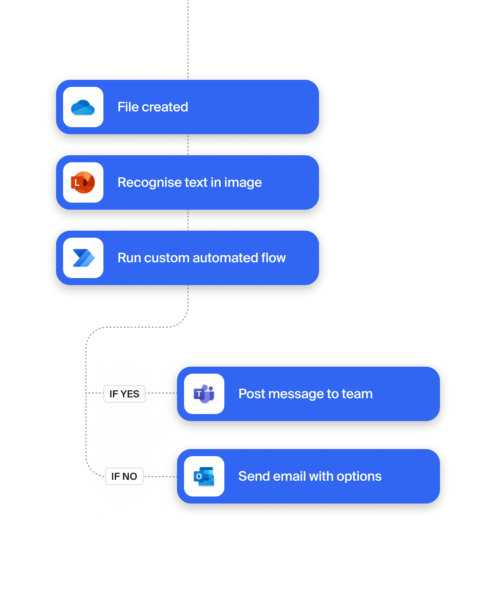Security and continuity
Get the ultimate cyber security protection
Cyber threats have been around since the 1980s, but the game has changed. These days cyber theft and espionage is a multi-billion-pound industry. Today’s AI-powered threats are adaptive and require a high of technicality to detect their behaviour. That’s where we come in!
